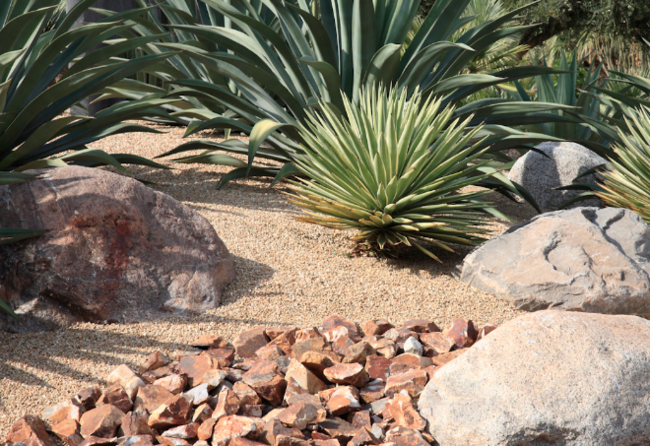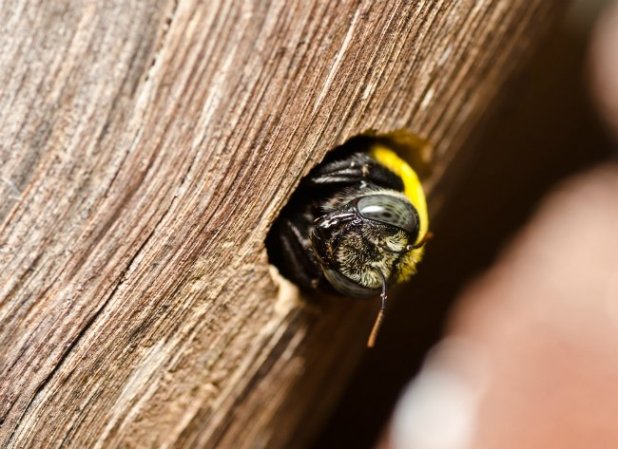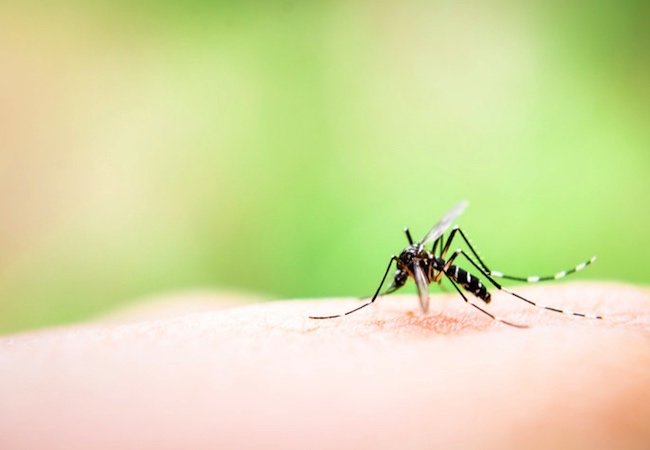We may earn revenue from the products available on this page and participate in affiliate programs. Learn More ›
Take Precaution

The Tick-Borne Disease Alliance reports that, of all Lyme disease cases, more than three-quarters are caused by ticks picked up in the course of common backyard activities—playing, barbecuing, gardening, etc. Keep the little bloodsuckers away with simple landscaping tips that will help you foster a safer, tick-resistant outdoor environment.
Spring Clean All Year ‘Round
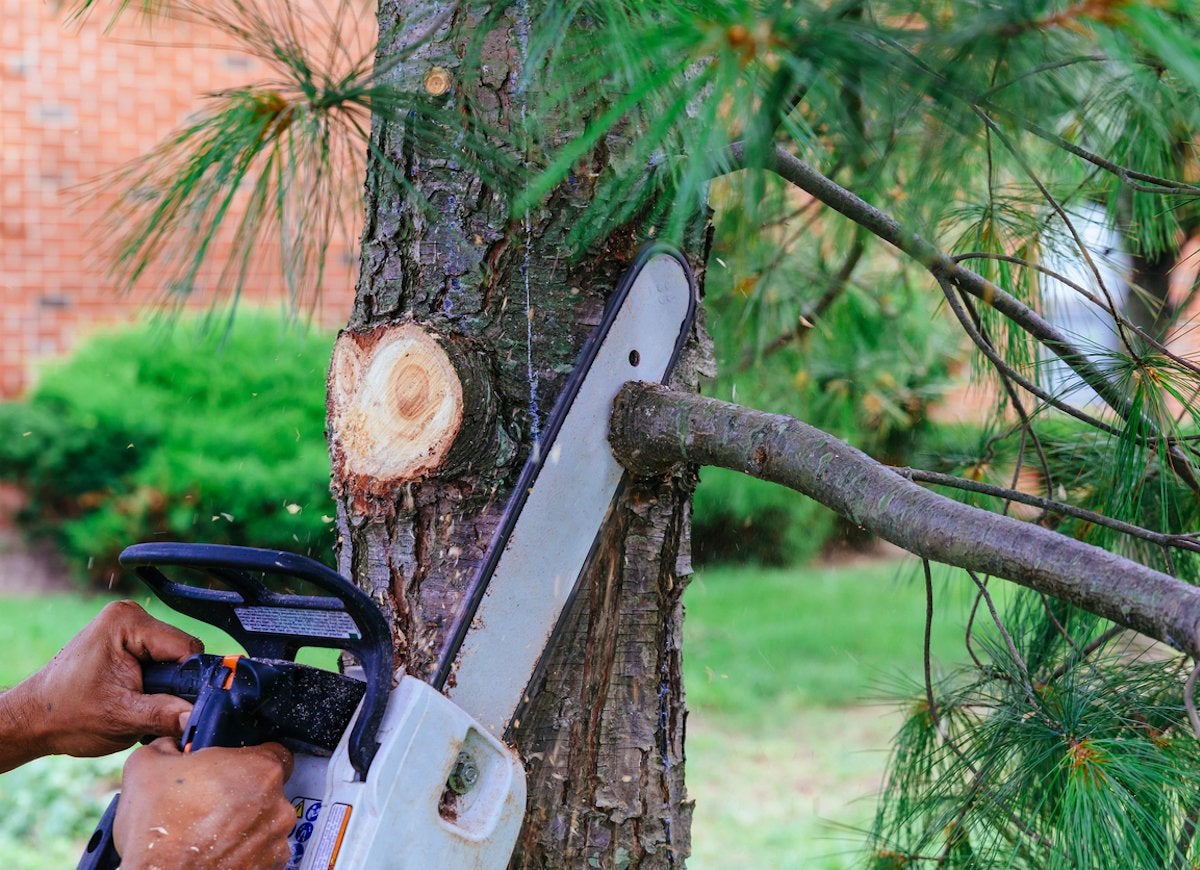
Remove leaves, branches, and debris from your property before they can become hiding places, not only for ticks, but also for the rodents and furry creatures (squirrels, rabbits, raccoons) that host ticks. Make sure garbage cans have tightly fastened lids to avoid attracting these host animals.
Corral Clutter
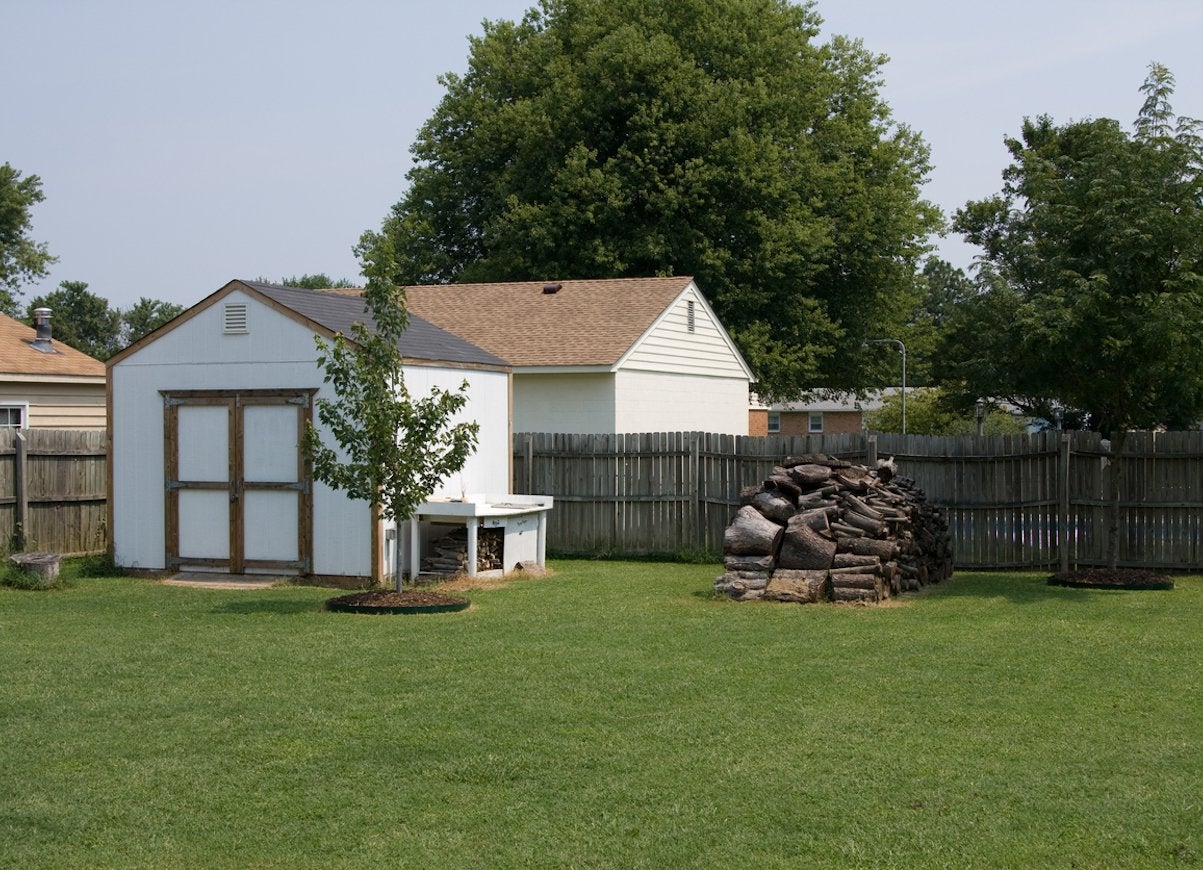
Position woodpiles, bird feeders, and compost heaps well away from the house and frequently used outdoor areas. These “usual suspects” of the backyard tend to attract small animals, and ticks will indiscriminately hitch a ride on everything from robins and finches to mice and shrews.
Mow the Lawn

Ticks thrive in humid, dense vegetation. Keep lawns short and open up as much area as possible to direct sunlight. Avoid using dense ground covers like pachysandra and ivy, and eliminate brushy areas close to the house.
Related: 9 Mowing Mistakes Everyone Makes
Get the Edge
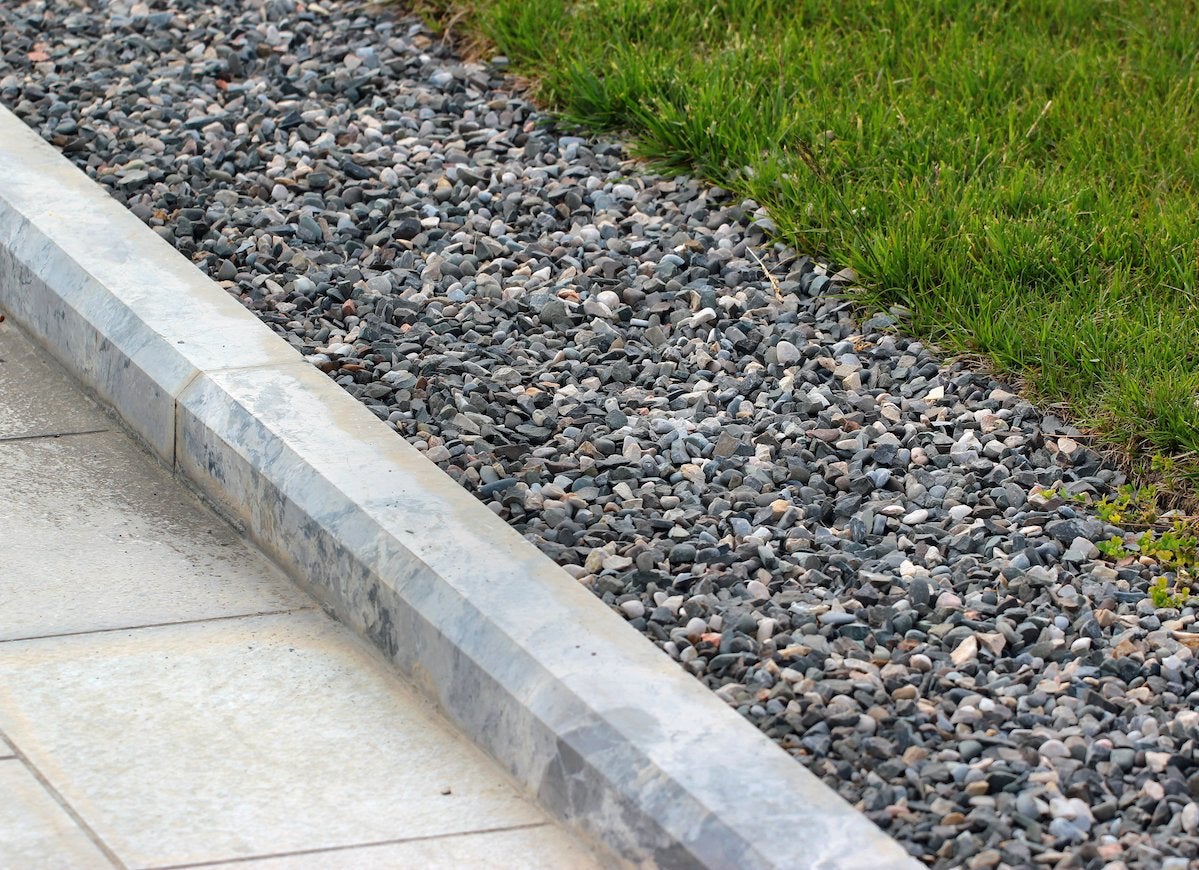
Install three-foot-wide gravel, stone, or wood-chip barriers along the edges of stone walls, ornamental gardens, and woodlot perimeters. Any border created between your home and the environments where ticks thrive will contribute to your family’s well-being.
Clear a Path
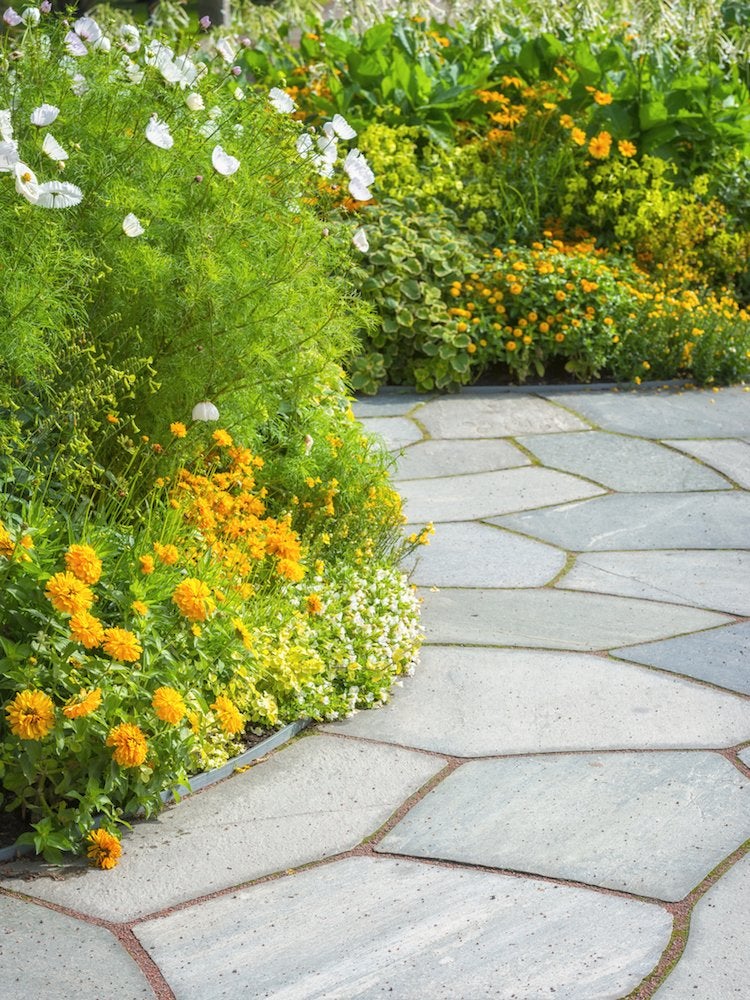
The same is true for walkways. Create gravel, stone, or wood-chip pathways to connect the house with heavily used outside areas, and encourage kids and adults to stick to the paths. Adding an edge or border will keep ticks far away from people’s feet, with the added benefit of containing loose landscaping material like mulch.
Related: 10 Affordable Landscaping Projects You Can DIY in a Day
Let the Kids Play
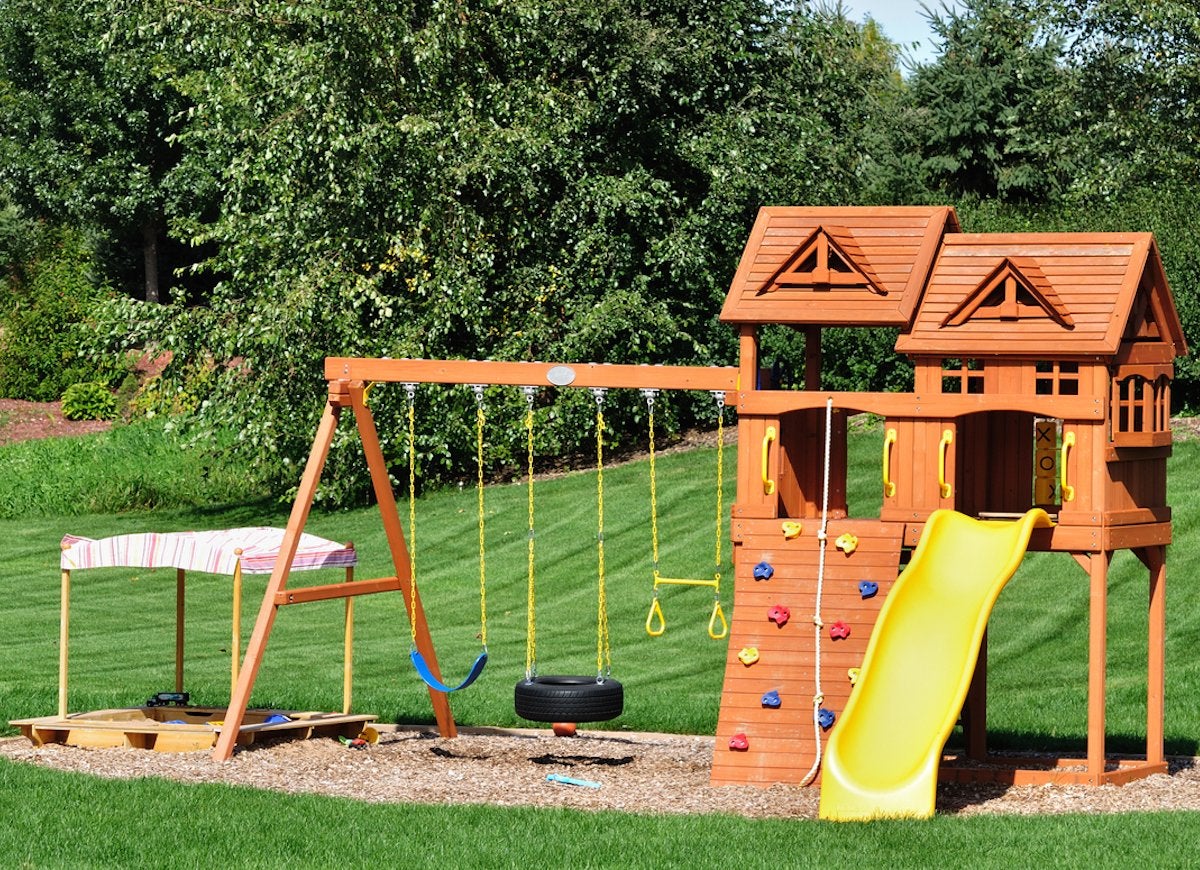
Place children’s swing sets and slides on wood-chip beds in sunny areas. For an added measure of protection, keep kids’ play areas at least ten feet away from shady, wooded environments.
Less Water, Fewer Ticks

Incorporate xeriscaping techniques into your landscaping. Xeriscaping involves plants that thrive in the drier environments that repel ticks. Some popular plants with low water requirements include aloe vera, stonecrop sedum, purple fountain grass, yellow pampas grass, Mexican feather grass and blue oat grass.
Related: 14 of the Best Plants for Your Drought-Tolerant Garden
Make Garden Beds Uncomfortable
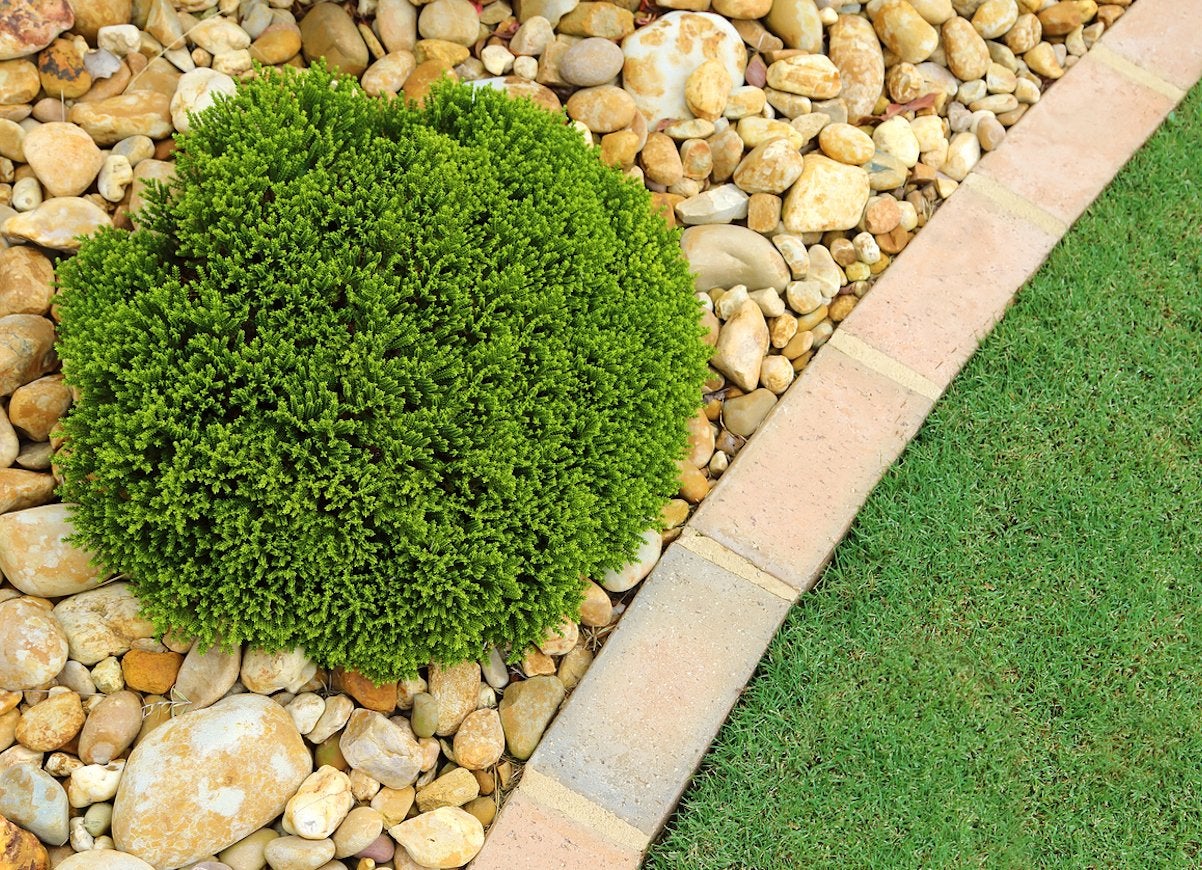
Use lava rock or pebble mulch in garden beds to render these areas less hospitable for ticks. Rough textures not only provide an added level of protection, but they also bring extra curb appeal to your home in the bargain.
Create Lawn-Free Areas

Use flagstones, patio blocks, paving stones or decking to define spaces for picnicking or barbecuing. The more lawn-free surfaces you can create, the less likely ticks are to appear.
Stick It to the Ticks
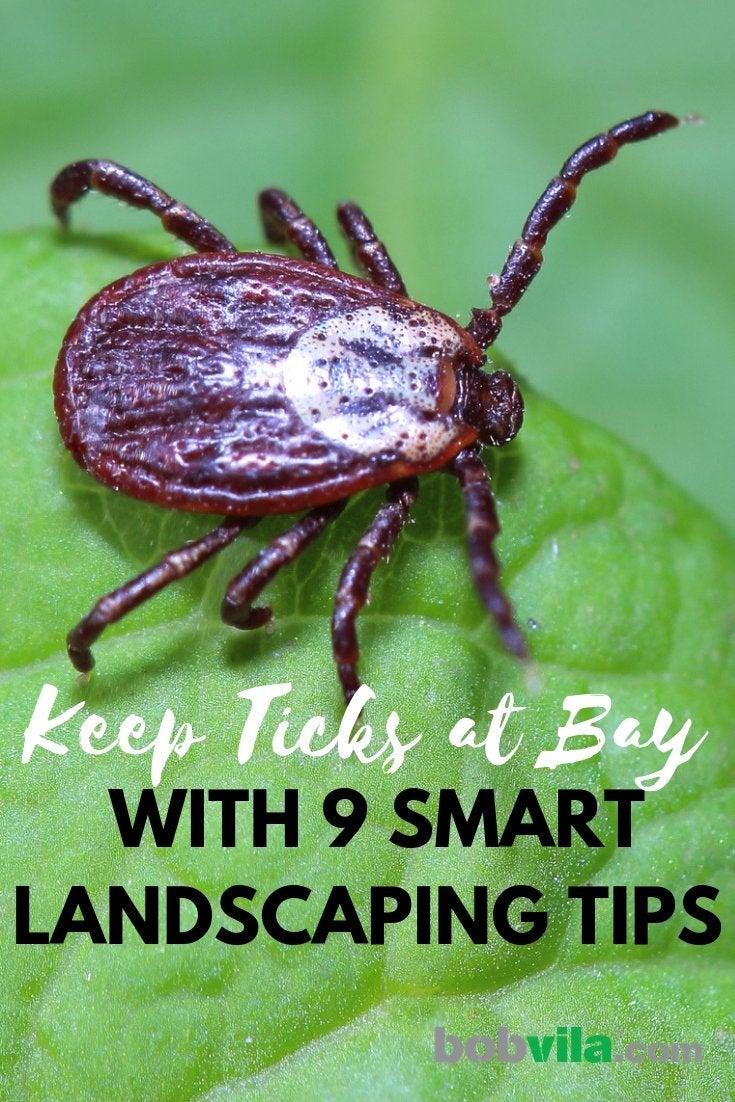
You can make a difference in the tick population in your yard when you put these tips to practice.

